Albufeira Travel Guide
Over 2000 years ago, Albufeira was occupied by the Romans and was a thriving centre for fishing and mining. The Arabs took over the town sometime in the 8th century, changings its name from 'Blatum' to 'Al-bhuhera'. The town became an important commercial link with North Africa. In 1249, after being re-conquered by the Christians, Albufeira began a new journey and was finally granted its charter as a town by King Manuel I in 1504. The earthquake of 1755 caused widespread damage in the area and the town saw a decline in its fortunes. But the 19th century heralded prosperity by way of the growing canning industry. Today, what was once a little fishing village is a prosperous city and is called the 'capital' of tourism in the Algarve.
Contains affiliate links
With its numerous glorious beaches, fantastic climate, a great culinary scene and legendary nightlife, Albufeira is the place to be for taking in some of the best of Portugal’s coastal beauty and to enjoy a relaxing holiday.
What to see and do in Albufeira
From relaxing days on the beach to thrilling coastal tours to cliffside walks to exploring historical attractions, there is no dearth of things to see and do in Albufeira.
The Old Town
The Old Town is the heart of Albufeira. With traditional-style buildings and narrow cobbled streets to explore, you can easily spend a couple of hours in this area. Most of the town's main attractions are in the Old Town area. There are a number of small shops as well selling everything from traditional arts & crafts to beach toys to souvenirs. A number of alfresco dining venues and small bars are dotted across the Old Town and you can enjoy fresh Portuguese cuisine while people watching.
Igreja Matriz de Albufeira
Located on the Igreja Nova Street, in the Old Town area, is the main parish church of Albufeira, the Igreja Matriz de Albufeira. Built at the end of the 18th century, the current church replaced the one that was destroyed by the earthquake of 1755. It is one of the most prime examples of neoclassical architecture in the Algarve and has four side chapels, a baptismal chapel, choir, two pulpits, a sacristy and an eucharistic chapel. The altarpiece features the patron saint of Albufeira, Our Lady of the Conception (Nossa Senhora da Conceição).
On the façade, the triangular pediment and the three large windows framed in stonework with a semicircular arch stand out.
Sant'Ana Church
Another church in the Old Town is the Sant'Ana Church, a small church from the 18th century that has a vaulted chancel and a single nave.
If you look at the exterior, the standout features are the dome and the lantern as well as the principal face of the building which is decorated with volutes and flanked by pinnacles. Inside the church, the main highlight is the wooden altarpiece design by Algarve-born Joao Baptista and Francisco Guedelha.
Saint Sebastian Church and Museum of Sacred Art
The Museum of Sacred Art is housed in the restored 18th century Chapel of San Sebastian (Capela de São Sebastião) and the collection in the museum is representative of the 15th to 18th century with an image of Our Lady of Orada (Patron Saint of the Fishermen) possibly being one of the oldest in the Algarve.
Built at the end of the 18th century in honour of Saint Sebastian, the church itself has several standout architectural features like the baroque style lacy stonework main door, the Manueline style sandstone side door and the wood altarpiece from the 18th century with images of saints in wood & stone.
Albufeira Tunnel
Another attraction in the Old Town is the Albufeira Tunnel that connects the shops and restaurants of the Old Town to the Praia do Peneco Beach.
According to the information board near the tunnel, it was in 1932 that Albufeira's Initiative and Tourism Commission received authorisation from the Ministry of Public Works to begin excavation works to open a tunnel and connect the 5 de Outubro Street to the beach. The tunnel work was finished in June 1935 but the official inauguration happened in 1936 and only then the tunnel was opened to the public.
Praia do Peneco Beach
Albufeira is known for its extensive coastline with a number of beautiful beaches like Praia dos Pescadores (Fishermans Beach), Praia do Peneco, Praia da Oura, Praia dos Arrifes and Praia de São Rafael. Our favourite was the Praia do Peneco beach located in the Old Town area.
The beach can be accessed in many different ways. Towards the western end of the beach is a lift that takes you down from the high cliff top.
Alternatively, there is a stone staircase that descends from the viewpoint at the Dr. Frutuoso da Silva esplanade.
Or, you can gain access to the central and eastern sections of the beach via the Albufeira tunnel.
The beach is lovely and can be very busy during the warmer months, so plan to come early in the morning if you plan to lounge at the beach.
Peneco Rock
Adding beauty to the already lovely Praia do Peneco Beach is the Peneco Rock, a freestanding, intriguing rock formation. It was formed by the force of the sea water that caused cracks in the headland causing this structure to form as the surrounding landmass receded.
Marina de Albufeira
Located to the west of the Old Town is Albufeira's marina. It is relatively new and is part of a tourist complex which includes a number of restaurants, bars, clubs, shops and a leisure centre. The buildings around the marina are very colourful and the overall atmosphere is lively.
You can spend your time watching the boats come and go, do some people watching or enjoy a relaxing stroll around the marina complex. For those who enjoy coastal boat tours, there are a number of boat tour operators based at the marina.
Boat trips
A number of boat trips depart from the Albufeira marina. While you can book these tours on the day, it is advisable to book the tours in advance as they are quite popular and there may not be any last minute seats available.
We enjoyed the 'Caves & Dolphin Watching' tour offered by Dream Wave. It is one their most popular tours departing from Albufeira as it combines the two most popular experiences in the Algarve – a dolphin watching trip and visiting the caves on the Algarve coast.
You can read more about our Caves & Dolphin Watching Tour experience here.
Visit 'The Strip'
Although it's a little farther away from the town centre, Avenida Francisco Sá Carneiro, also known as 'The Strip', is considered to be the centre of Albufeira's nightlife. There are many outdoor discos, bars, cafes and restaurants and this (around) 2km stretch of road lit with neon billboards and lights is very popular with young people. It also caters for stag and hen parties/groups.
Day trips and excursions from Albufeira
With Albufeira as your base, you can plan day trips to local wineries, medieval towns and much more. Located a short drive from Albufeira are towns like Silves, Alte, Loule, Sao Bras de Alportel etc. which are beautiful places to visit on a day trip. Here are some of our recommendations.
Silves
The Algarve's first capital was Silves. It was a part of the Emirate of Córdoba (Imrat Qurubah), a medieval Islamic Monarchy in the Iberian Peninsula, and may have been founded during Roman times.
The city was a cultural centre and home to several popular poets, jurists and chroniclers. Because of its cultural, economical and location wise importance), Silves was a strategic town and as such the balance of power changed hands many times in the town's history. In 1242, the town was taken from the last Muslim King Ibn Afan by Paio Peres Correia, Grand-Master of the Order of Santiago.
The town witnessed a decline in importance as Faro took over the important role of administration of the Algarve area. But in the 19th century Silves began to regain its importance mainly due to its cork industry. However, the Portuguese General Strike of 1934 and the subsequent events effectively closed the town's cork industry. But Silves was not the one to give up and the town underwent a gradual renewal and is a thriving town in the Algarve today.
The town attracts visitors in the thousands from all across the globe. It is a town where the past merges with the present and cultural tourism is at its peak. Some of the key attractions in Silves are the imposing Silves Castle (Castelo de Silves), Igreja da Se de Silves (the Silves Cathedral), Igreja da Misericordia de Silves (the town church), Museu Municipal de Arquelogia de Silves (housing an interesting collection of archaeological finds from the local area) and the Turret of the City Gate (Torreão da Porta da Cidade).
You can read our guide to Silves to get more information on this beautiful medieval town.
Alte
Alte is a lovely little village in the Loule municipality. If you are the kind who enjoys less crowded places, then Alte is for you. We loved this village. It has managed to maintain its old world charm and has a relaxed pace of life. Everyone seems to know everyone in the village and the residents are very friendly & helpful.
The main attractions in Alte are its two springs ('fonte' in Portuguese) - Fonte Pequena and Fonte Grande and during the warmer months lots of tourists head to Alte to enjoy the springs.
Other things to see in the village are Igreja Matriz De Alte (Church of Our Lady of the Assumption), Polo Museologico - Cândido Guerreiro and Condes de Alte Museum Center and the Queda de Vigario Waterfall. Street art lovers will find Alte's collection of street art wonderful.
Check out our guide to visiting Alte to help you make the most of your day trip.
Seven Hanging Valleys Walk
If you love hiking/walking then you should set aside a day for the Seven Hanging Valleys Walk. It is one of the most popular hikes in the Algarve region with points of interest along the route being coves, islets, hanging valleys and the flora and fauna of coastal cliffs.
Depending on the season you are visiting, make sure that you are wearing season-appropriate clothing and are carrying a hat, sunglasses, sunscreen, water and snacks.
The coastal trail runs between Praia da Marina and Praia de Vale Centeanes and the total distance is around 12 kms (there and back). It is not a circular trail, so you have to make your way back along the same route.
The trail climbs up and down ravines and you will go past many 'hanging valleys' (a line of cliffs interrupted only by water courses which flow from above into the sea creating the hanging valleys effect). The coastline is stunning and at Praia do Carvalho you can reach the beach via a tunnel!
This is undoubtedly one of the most beautiful trails in Portugal with the majesty of the Algarve coastline unfolding around every bend in the trail. Don't miss it.
Where to stay in Albufeira
There are a number of accommodation options in Albufeira ranging from holiday villas to hotels to home lets to serviced apartments. We picked Oura Senses as our base for our Algarve trip.
Oura Senses Albufeira
Our trip to Albufeira was planned on a short notice and while browsing through Booking.com for accommodation, we found very few options for our travel dates. We picked Oura Senses based on its location and the fact that it offered free parking (most other hotels/apartments did not offer free parking on site). Our itinerary was such that we would be out exploring for the best part of the day and as such we were not very fussy about the accommodation. However, Oura Senses turned out to be a good pick.
Located in the Rua Camilo Castelo Branco area of Albufeira, around 1.5 miles from the Old Town Square and just 0.5 miles from Oura Beach, Oura Senses was ideally located for our needs. Shops, cafes, restaurants, supermarkets, bars, everything was nearby and easily accessible.
The apartment was also fantastic and consisted of a spacious living area with an open plan kitchenette, a bedroom, a spacious bathroom and a balcony. Towels, toiletries, toilet paper, hairdryer etc. were provided. In the kitchenette, cleaning supplies were included. And the best part was the daily cleaning. We had a cleaner come in every day to tidy the apartment. Bins were emptied daily and towels were replaced when needed.
Amenities in the room included air conditioning, a safe, 2 flat screen TVs and free Wi-Fi. Shared amenities included an outdoor pool, a seasonal indoor pool and a spa & fitness centre (extra charges applied).
All the staff we encountered were friendly and helpful and both the check-in & check-out processes were simple & quick.
Overall, it was a nice and comfortable stay at Oura Senses. Click here to compare hotels and book your stay in Albufeira.
How to get to Albufeira | Local travel
Albufeira can be reached in a variety of ways thanks to its central position in southern Portugal and good transport links.
Faro Airport is the nearest airport to the town, at a distance of around 32 kms. From the airport, you can hire a car. This is usually the most time and cost-effective way of getting to Albufeira from Faro. Most car rental companies have an office at Faro airport. It was easy for us to pick up our rental car from the airport and make our way to Albufeira.
If you are not hiring a car, you can use one of the many licensed private transfer companies that operate Faro Airport - Albufeira transfers. You can also check with the hotel where you are planning to stay as most of them offer airport transfers at an extra cost.
The Albufeira-Ferreiras Station is the main railway station for Albufeira and is around 6kms from the city centre. There are regular trains to Faro, Lisbon, Lagos and other Portuguese cities. You can check the train timings and prices here.
For local travel in Albufeira, you can use the GIRO local buses and for travel further afield, you can use EVA bus service. For local travel there is also a Tourist Train that connects the Old Town with 'The Strip' via Brisa Sol/Camara area. A one-way ticket on the Tourist Train is 4€ while an all-day ticket is 6€ and allows you to travel throughout the day (you can board and disembark at any stop on the route as often as you like).
Taxis are also readily available and you will spot several taxi ranks dotted around town.
Based on our experience and if you are planning to explore the smaller towns/villages around Albufeira, then it is best to hire a car. It will save time, will make getting around easier and will allow you to explore more of the Algarve.

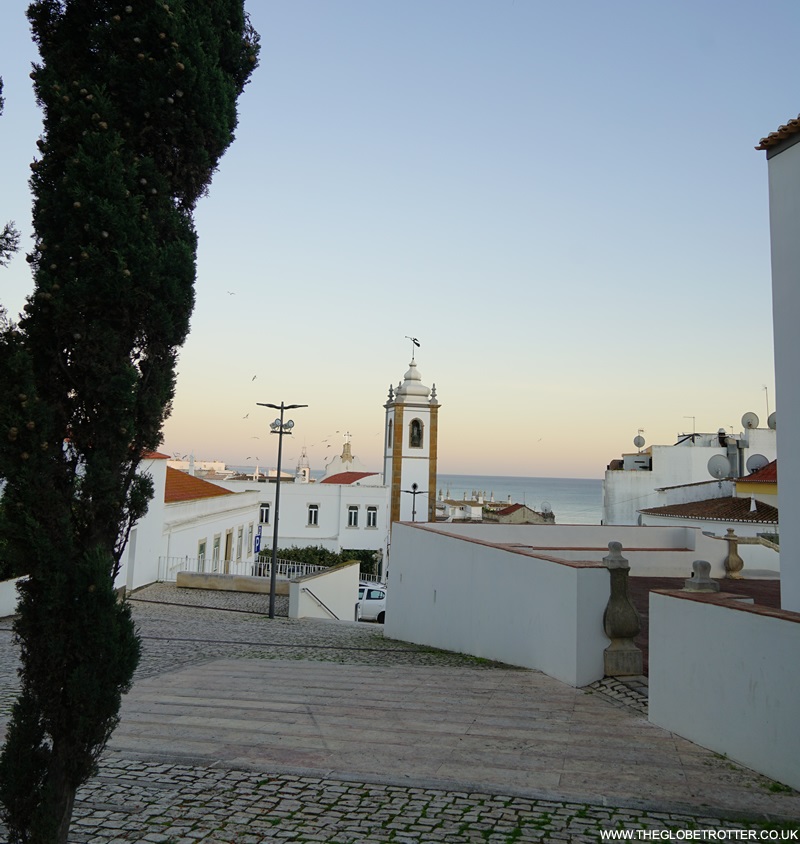


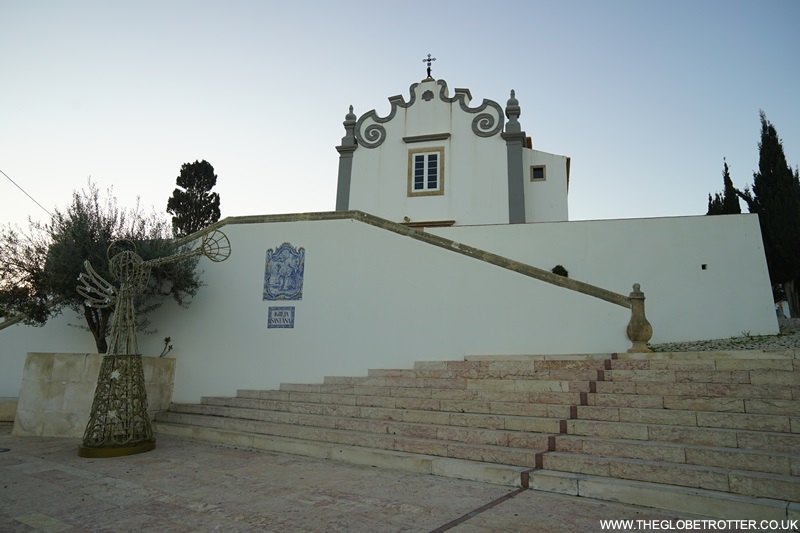



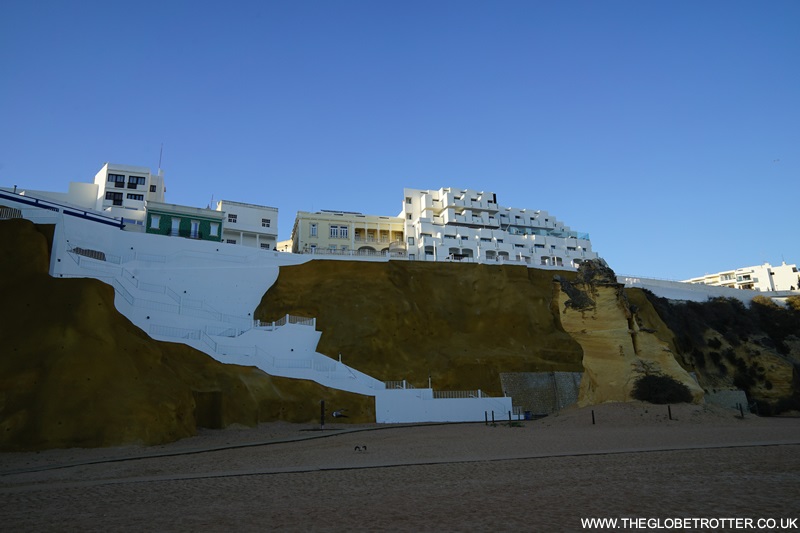
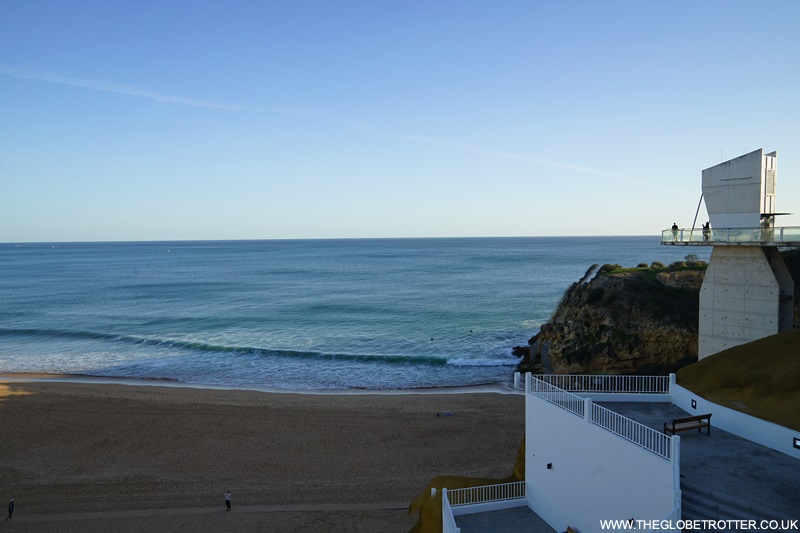
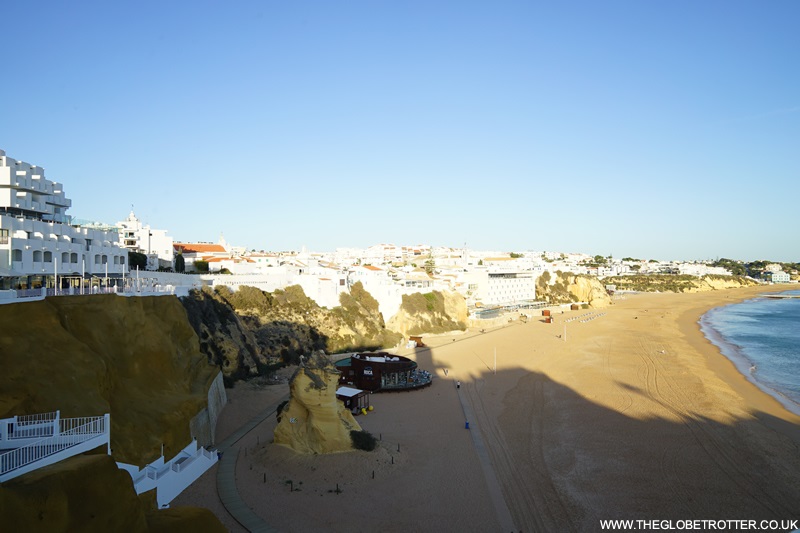
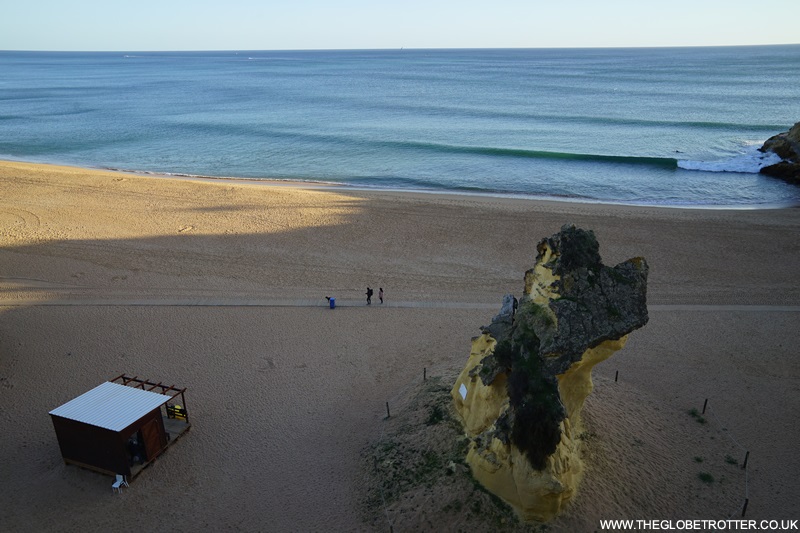
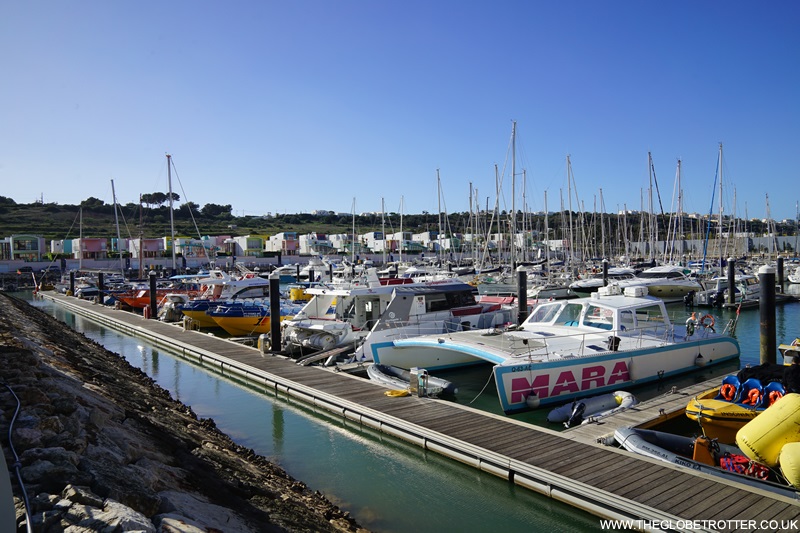

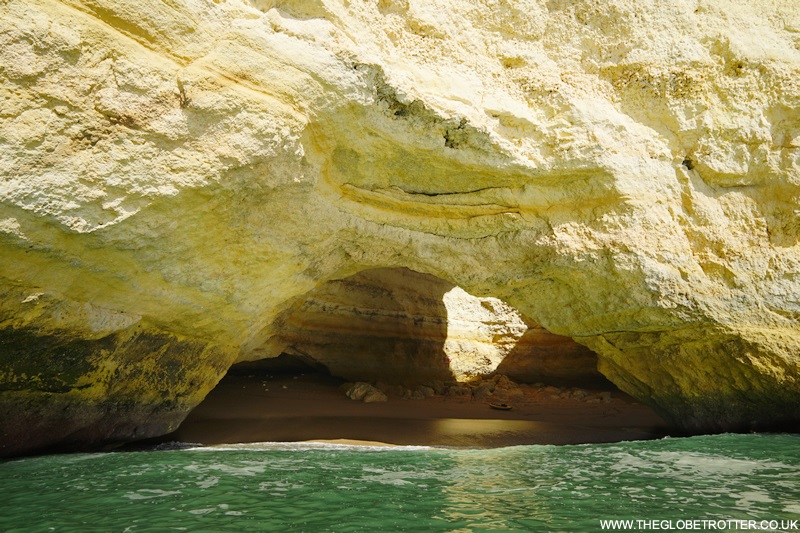
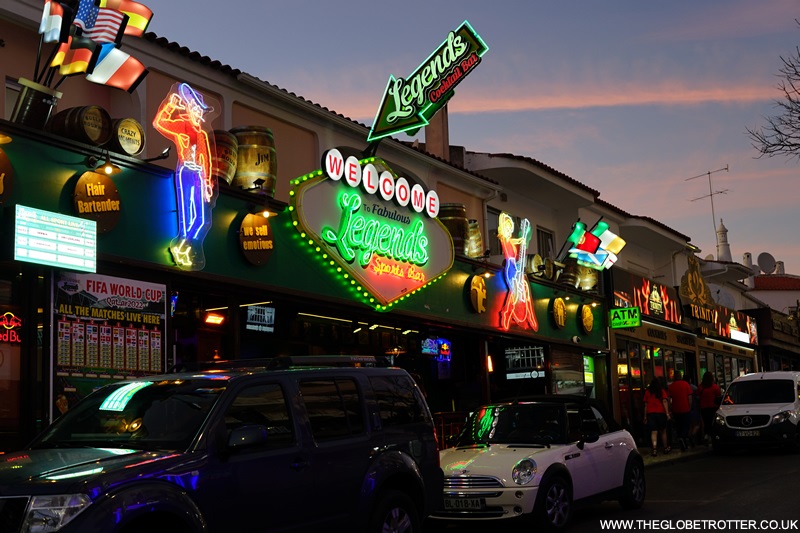


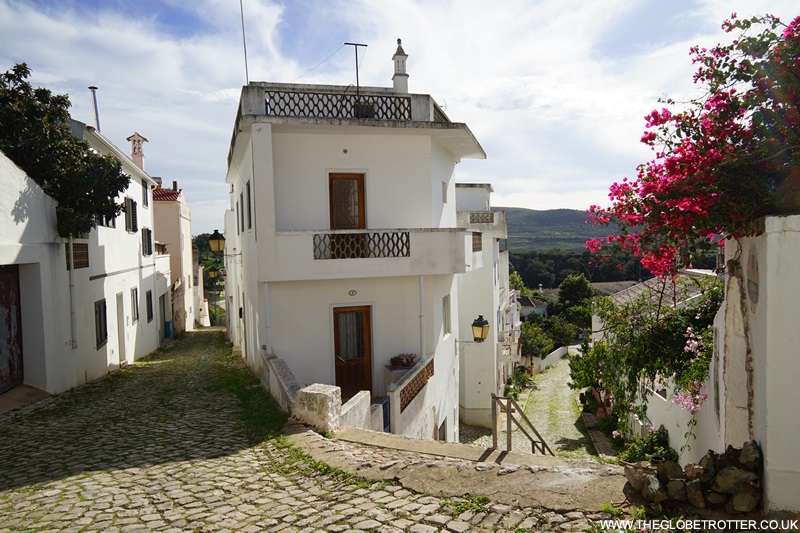




Post a Comment